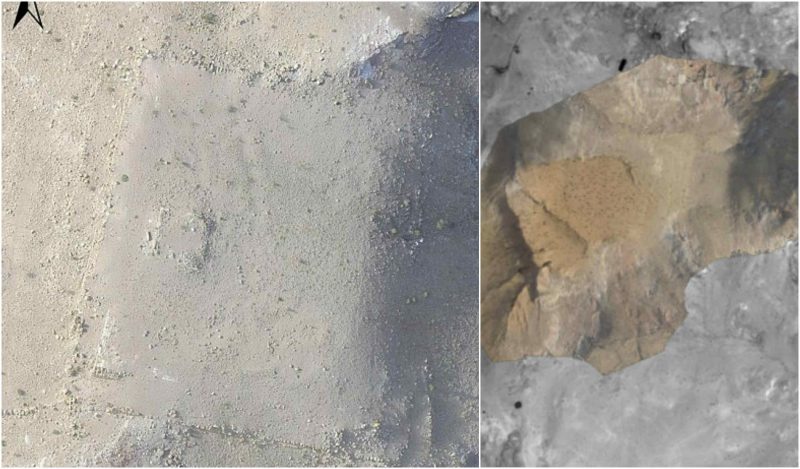Petra was once a bustling city in the southern desert of Jordan near the town of Wadi Musa. Thought to have been established about 312 BC, it was populated by the Nabataeans, who called it Raqmu. The Nabataeans were nomadic Arabs who helped established Petra as an important stop and trading hub along well-traveled caravan trade routes carrying silk, spices, and herbs from India, China, and Egypt.
Petra was under Roman rule for about 100 years starting at about 106 AD, when progress suddenly stopped and the city of Palmyra took over as the region’s foremost trading hub. In 363, an earthquake destroyed part of the town as well as the Nabataean aqueducts that had supplied water to the city. The last residents abandoned the city when the Arab conquered it about 663.
The town is carved from the surrounding rose-colored rock, using Hellenistic and Nabataean styles of architecture on the royal tombs, the Urn Tomb, the Palace Tomb, the Corinthian Tomb, and the Monastery. They also constructed one of the most efficient water-collecting methods ever seen in the desert by using dams and cisterns to collect the water from the few rainstorms that occur. On average, Petra gets rain about nine days per year. When it falls, it is often torrential, and flash flooding is a result. The Nabataeans were able to capture the floodwater and store it.
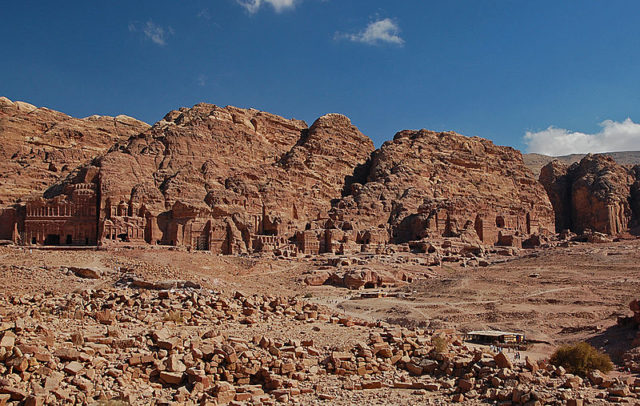
They learned how to purify and pressurize the water and had hundreds of tanks to store it. Tunnels were carved through the rock to allow the water from nearby springs to flow into the city.
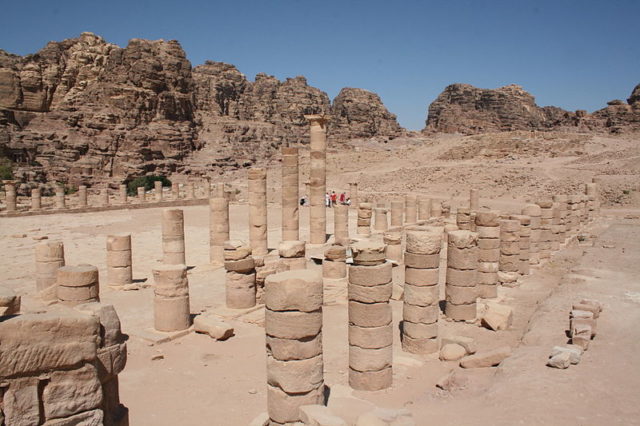
The ruins of Petra have attracted the curious since the Middle Ages. In 1812, Swiss explorer Johann Ludwig Burckhardt visited the site at a time when it was dangerous for a foreigner to have traveled so far into the Ottoman Empire. Burckhardt disguised himself as a Persian pilgrim but was unable to stay long for fear of raising suspicion.
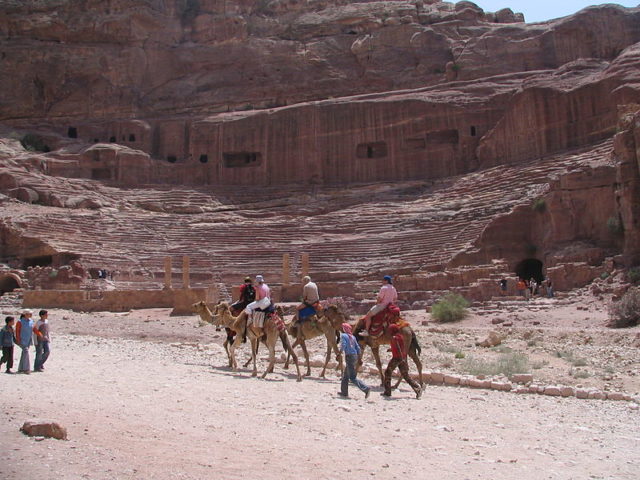
“Great must have been the opulence of a city which could dedicate such monuments to the memory of its rulers,” he wrote. “Future travelers may visit the spot under the protection of an armed force; the inhabitants will become more accustomed to the researches of strangers, and then antiquities…will then be found to rank among the most curious remains of ancient art.”
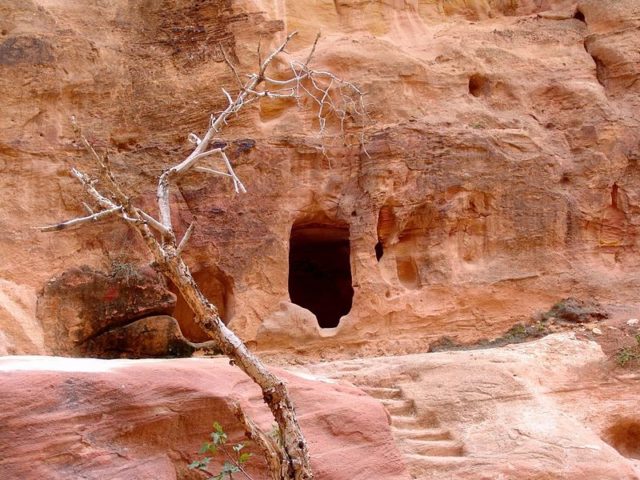
Archaeologist Dr. Martha Sharp Joukowsky from Brown University has been excavating Petra for over 15 years, primarily in the area of the Great Temple. Her team has found evidence of a 600-seat theater, a public bath, and a paved courtyard over vaulted underground rooms. Over 800 tombs were found in caves, as well as piles of rock that were once homes and shops, Nabatean coins, and parts of statues litter the ground. A student of Joukowsky’s, Leigh-Ann Bedal, found the remains of terraced gardens, swimming pools, fountains, and large shade trees, possibly indicating a public area. Recovered tools such as olive presses suggest orchards of olive trees. Nutshells and seeds were found, possibly from cultivated nut trees.
Several teams under the direction of the Brown University Petra Archaeological Project are surveying the lands around Petra. Another team is studying the old routes to the city. The people of Petra took advantage of the oasis in the desert and the city had a thriving business culture of cafes, rooms for rent, shops, and public baths. The high demand for perfumes and spices kept the traders coming.
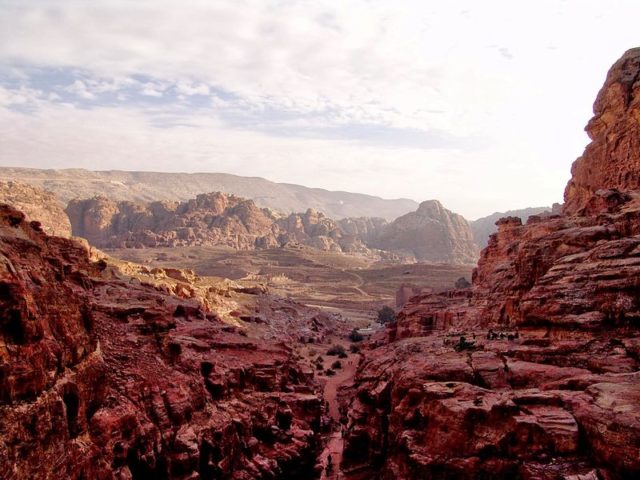
Petra was made a UNESCO World Heritage Site in December of 1985. Unfortunately, looting and destruction of excavated sites is an ongoing problem and archaeologists are seeking help from UNESCO to secure and protect what remains. Today Petra is an important tourist destination in Jordan. While many building interiors are off limits, most of the site can be explored on foot.
Read another story from us: The ancient Pinnacles Desert of Western Australia
The nearby village of Wadi Musa has a visitor center and accommodation for tourists. Locals also conduct concerts in Petra as entertainment for the tourists. Excavations are still going on, as less than half of Petra has been uncovered. The Brown University archaeology teams now have access to satellite photography that allows them to see images under the sand allowing them to efficiently focus their research efforts.
